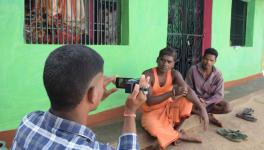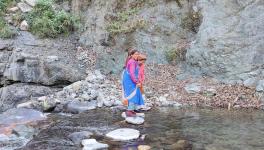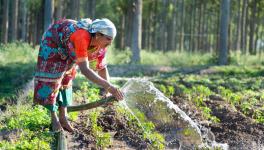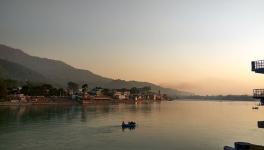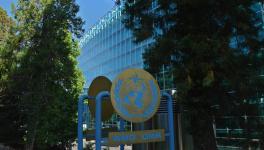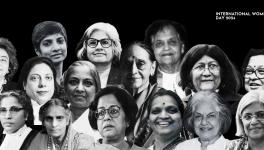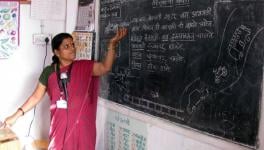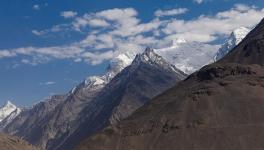Overlooked Correlation Between Climate Change and Social Exclusion
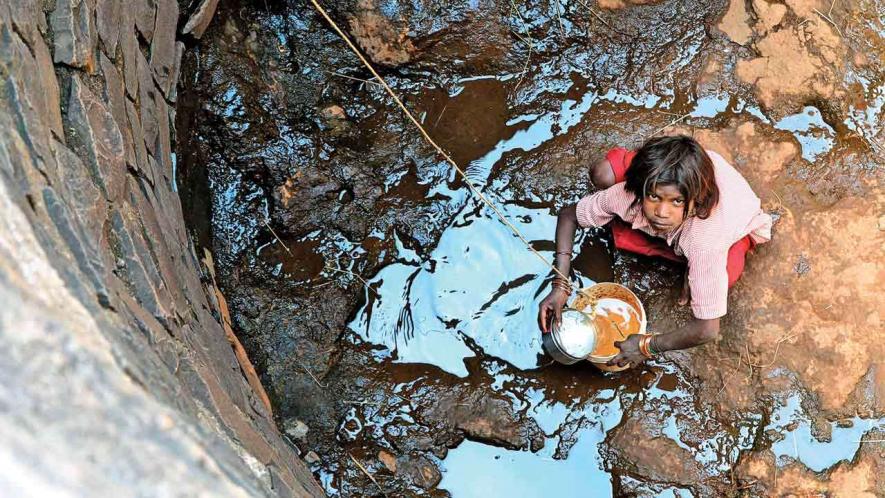
Representational Image. Image Courtesy: DNA India
More than 44% of the country is under various degrees of drought (abnormally dry to exceptionally dry). In nine out of the past 15 years, about 100 districts of the country have been witnessing a drought like-situation, triggered by failure of Southwest monsoon. Wells and ponds have dried up, rivers have shrunk and water scarcity has become a way of life.
Amidst the water crisis, in Bundelkhand, where “water riots” have broken out, a police complaint by a Dalit woman has highlighted how the two perennial problems of water shortage and social discrimination combine to torment the rural poor in every summer.
Sunita Devi (40) has alleged that the affluent families of Kalupur village in Chitrakoot district – 250 km South of Lucknow – are not allowing the poor residents to use the government hand pumps amid the water crisis. She said that she was beaten up when she tried to defy them. As a last resort, the people from her community are travelling for more than a kilometre outside the village to collect water, said Sunita Devi.
This is not an isolated incident. In Chennai, with its grave water crisis, people belonging to the Dalit community have been restricted from drawing water from a public well located at the foothills of Otthakadai Yanamalai, as untouchability is still practised in this village. Locals said that the well is "sacred" and more than 150 people use the water from this well for drinking purposes.
During this crisis, the issues that are being overlooked are different communities' vulnerabilities, inequitable distributional impacts and social justice. In over 100 villages affected by drought in India, Dalits are being denied access to water sources in 48.4% of villages because of segregation and untouchability practices. More than 20% of Dalits do not have access to safe drinking water.
The link between climate change and social inclusion may seem unlikely, but they are intricately related. According to the World Health Organisation, people who are socially, economically, culturally, politically, institutionally, or otherwise marginalised are especially vulnerable to climate change and also to some adaptation and mitigation responses.
In scenarios like this, intersectional nature of caste oppression gets deeply intertwined with the idea of pollution and class identities. The question thus becomes not about improving the quality of life but the life itself.
Water crisis intertwined with impurity and pollution
“Access to natural resources like water has been denied to Dalits for centuries. In villages, even today, Dalits can’t take water from the common well or lake. If Dalits try to claim their right over the well or the lake, upper caste Hindus consider it to have become “impure”. So, violence is unleashed on them, which can cost them even their lives. So, they walk for kilometres or learn to live without insufficient water,” explained journalist Jeya Rani, who has been covering the water crisis in Chennai.
Speaking to NewsClick, a professor at the Delhi University and an expert on social exclusion, Sukumar Narayana, said, “Historically, Dalits have been excluded in the debate about natural resources; denied access every step of the way. Dalits have had to source water from areas far away. When one looks at those responsible for climate change, it becomes evident that it is the rich and the privileged who have caused the erosion of the natural resources.”
UN’s special report on climate change and poverty describes how the poorest 3.5 billion people in the world are responsible for 10% of the world’s greenhouse gas emissions, while the richest 10% of the global population is responsible for the half of it. If our global climate change catastrophe continues unchecked, vast swaths of the world will likely become harsher and far less hospitable for humanity. With that happening, a greater rift is appearing between the global haves and have-nots and many people will be left without the means to escape the worst effects of the climate crisis, while the rich can hire private firefighters or move to more expensive habitable areas. The report predicted that 120 million people will be pushed into poverty by 2030 because of the climate change.
This understanding holds larger repercussions for India, with deeply rooted layers of oppression finding their base in caste, class and gender.
Jeya Rani added: “Dalits are not afraid of climate change or any other natural disasters because socially and economically, they have been leading a disastrous life forever. For them, disaster caused by the upper caste Hindus is the real problem.”
People belonging to backward castes are not allowed to "even touch" the functional hand pumps installed in upper caste villages. Even the Dalit children are ruthlessly pushed back if they dare to venture near a hand pump or tube well owned by an upper caste family. Children from upper castes remain silent spectators as they imbibe the caste bias. With the aggravating crisis, aspects of social exclusion and discrimination stand blatantly exposed.
Also read: Ahead of SC Hearing on FRA, State Govts Reject Tribal Claims Without Examination
Get the latest reports & analysis with people's perspective on Protests, movements & deep analytical videos, discussions of the current affairs in your Telegram app. Subscribe to NewsClick's Telegram channel & get Real-Time updates on stories, as they get published on our website.











